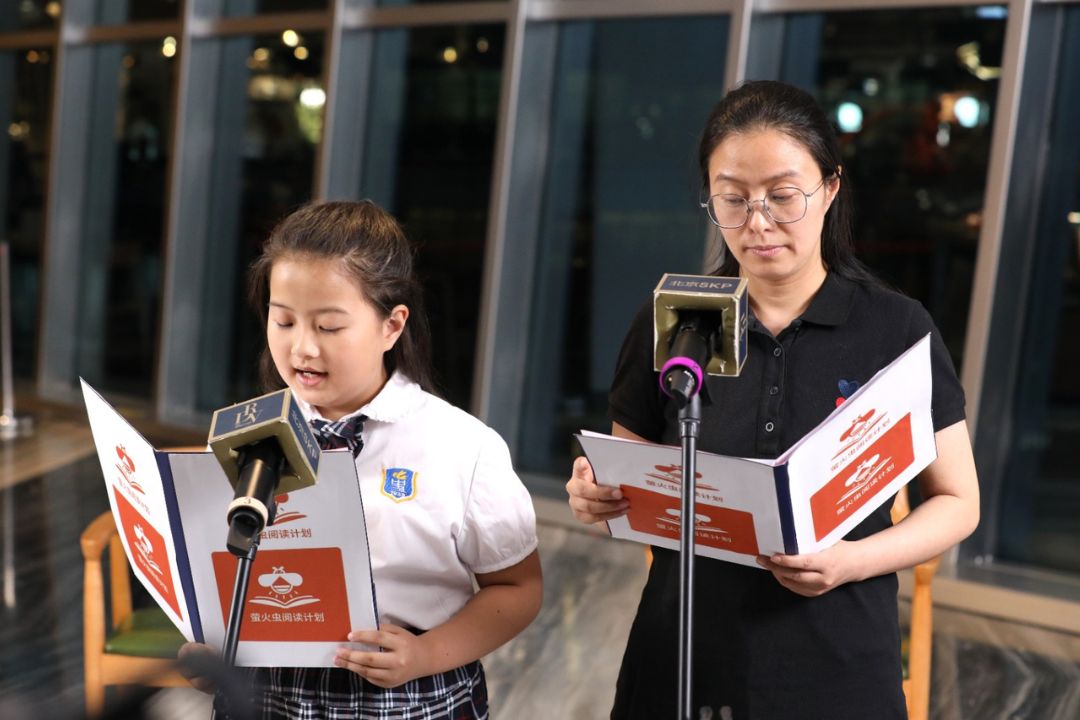
By Rafael Henrique Zerbetto and Wei Mingxin
On the evening of May 15, when International Family Day is celebrated, there was a launch ceremony for the new Chinese edition of My Sweet Orange Tree, a work by José Mauro de Vasconcelos that has enchanted generations of Brazilians and has become a sales success in the Chinese market since the launch of the first edition.
This 1968 children’s book has been translated into 52 languages and published in 19 countries. The Chinese version, translated by Wei Ling and published in 2010, which sold 400,000 copies in China, was recently added to the list of recommended readings for Chinese students, which should further boost its popularity in the Asian country. In Brazil and abroad, My Sweet Orange Tree has also been adapted for theater, soap operas, films and comics.
To discuss the importance of this work, I need to turn to my own life story: when I learned to read and write, I became a reader of children’s and young adult works by Brazilian authors, and one of the first books I read, which became one of my favorites, was My Sweet Orange Tree. From then on, I became a voracious reader, and this passion for literature led me to study literary studies at Unicamp and build a career in this area. This illustrates the importance of children’s and young adult literature in transmitting the habit of reading and the passion for books to new generations.
And why was My Sweet Orange Tree so successful among children? Firstly, because of its originality, since it is a work that distances itself from the clichés present in this type of literature. Much of this is due to the fact that it is an autobiographical book, based on the author’s childhood. But telling about one’s own childhood is not enough to create a good story: more than having had a unique childhood, José Mauro de Vasconcelos knew how to select what to tell and how to tell it.
Narrated by a child, the story requires a unique language that few authors can master so well. Adapting this language to a foreign language, especially for a young audience with such a different linguistic and cultural background, is another particularly complex challenge that could be fundamental to the success of the work abroad.
Finally, there is a very strong identification between the young reader and Zezé, since both experience the same fears, frustrations and questions in the face of the slow process of self-knowledge and experimentation of the world that transforms boys into young men. Part of this process is the feeling of being misunderstood by adults, since the child’s worldview changes according to their experiences, and as we grow older, those fluid and changeable ideas gradually settle down to crystallize certainties.
The relationship between Zezé and Manuel Valadares, known as Portuga, deserves particular attention, both for representing this confrontation between the worldview of a child and that of a mature man and for the way in which these two characters interact throughout the book, going from enemies to best friends as Zezé matures and learns to see things differently.
Zezé exposes his inner world by expressing his feelings directly to the reader and also by venting to his beloved orange tree, affectionately called Minguinho. The tree, as we know, cannot respond; it is Zezé who responds to himself without realizing it.
Could this interaction between a boy and his two worlds, the inner and the outer, be an element of universality that could explain why this work has become popular with Chinese readers? Feelings and growing up are universal experiences, but they can be felt and interpreted in very different ways, as shown by the beautiful cover of this new edition, whose art features the style of the ancient Chinese paper-cutting technique, which is often taught in Brazilian schools and is therefore familiar to the people of Brazil and China. Second, the drawing features two silhouettes, one of a child and the other of an adult, at the foot of the tree, allowing for multiple interpretations: could the adult be Zezé’s father? Manuel? Or Zezé himself?
During the launch event of this new Chinese edition of the book, João Batista Magalhães, Minister-Counselor of the Brazilian Embassy in Beijing, made a very important analysis, comparing the Brazilian modernist movement to the May Fourth Movement in China. The two movements had many points in common, among them free aesthetic research and the search for literature in the language actually used by the people, which led to the emergence of a Chinese literature for the masses and a Brazilian literature no longer tied to the rules and formalities of European Portuguese.
João also pointed out the urbanization and industrialization processes experienced by Brazil throughout the first half of the 20th century, as well as advances in literacy, as factors that characterize Brazilian society at the time the book was written. This setting is an interesting, although still little explored, way to present Brazilian literature from the last century to the Chinese public, since China also experienced a rapid process of literacy, industrialization and urbanization.
“It is very important for the Brazilian and Chinese peoples to get to know each other better, and the best way for people to get to know each other is through culture. The launch of the book, and the others we are thinking of planning, including music, shows and Brazilian art, are very important to solidify and increase the relationship between Brazil and China,” said the minister.
The Chinese view of the work was based on the debate between Zhang Mingzhou, former president of the International Council for Youth Literature, and Wu Xinxin, a researcher at Beijing Normal University.
Zhang Mingzhou highlighted the way the author crafted the story, with a childlike tone; the details included in the narrative are very accurate, allowing readers to naturally enter Zezé’s world. Wu Xinxin reflected on the content of the book and proposed a
question: how should a child be educated or cared for? Should we treat them like miniature adults or let them grow in their own way? “José Mauro de Vasconcelos ended the work with a quote, ‘WHY DO YOU TELL CHILDREN THINGS?’ This made literature more than just children’s literature, it has more of this thematic extension of the exploration of humanity and life,” explained the researcher.
The launch of the new edition of the book also included artistic activities: students from a primary school performed, in Chinese, an excerpt from the book, and Portuguese language students from the Beijing University of Foreign Studies performed the theme song of the first soap opera based on this work, which aired in 1970 on the now-defunct TV Tupi.
The fiftieth anniversary of Brazil-China diplomatic relations also invites us to take a special look at this emblematic work: just as the boy Zezé gradually grew closer to the old Manuel Valadares, to the point of considering him his best friend, Brazil, a young nation that celebrated the bicentennial of its independence in 2022, has also gradually deepened its friendship with China, one of the oldest civilizations in the world, over these 50 years.
At the beginning of the book, Zezé and Manuel did not know each other and were suspicious of each other, as it is natural for the human psyche to be afraid of everything we do not know. It was the interaction between the two that nurtured mutual trust and brought them closer together. This example shows us that the advancement of Brazil-China relations requires greater interaction and exchange of knowledge between the two peoples. Chinese readers need to have greater access to Brazilian literature and vice versa, and initiatives such as the publication of this book and its addition to the list of recommended readings for Chinese students are essential to this end.
May the Brazil-China friendship, fostered by cultural exchange, grow stronger every day, bringing benefits to both peoples and the world.
This text was originally published in China Hoje magazine. Click here, subscribe to our community, receive a free digital subscription and have access to the full content.
Source: https://www.chinahoje.net/o-dia-em-que-zeze-falou-em-chines/

